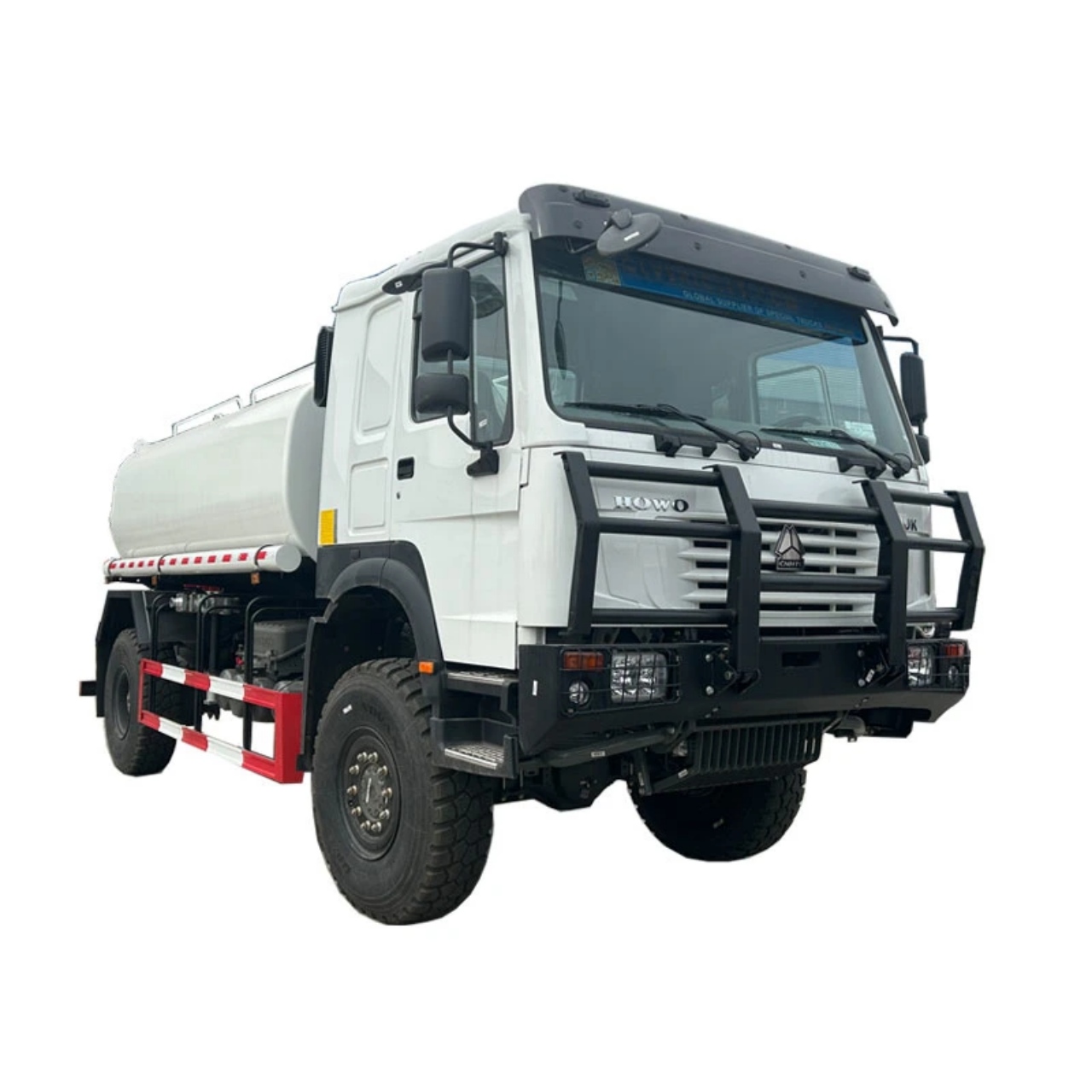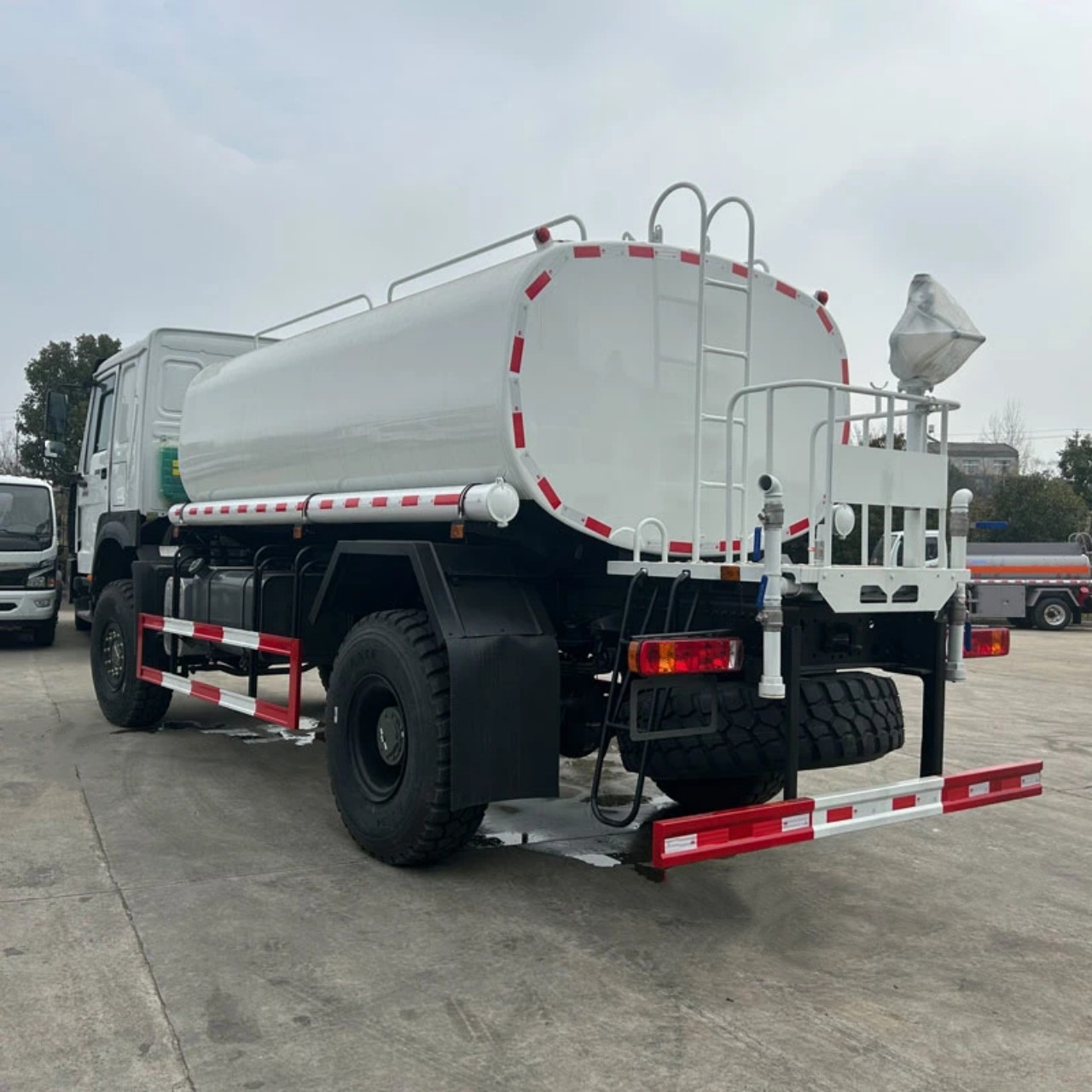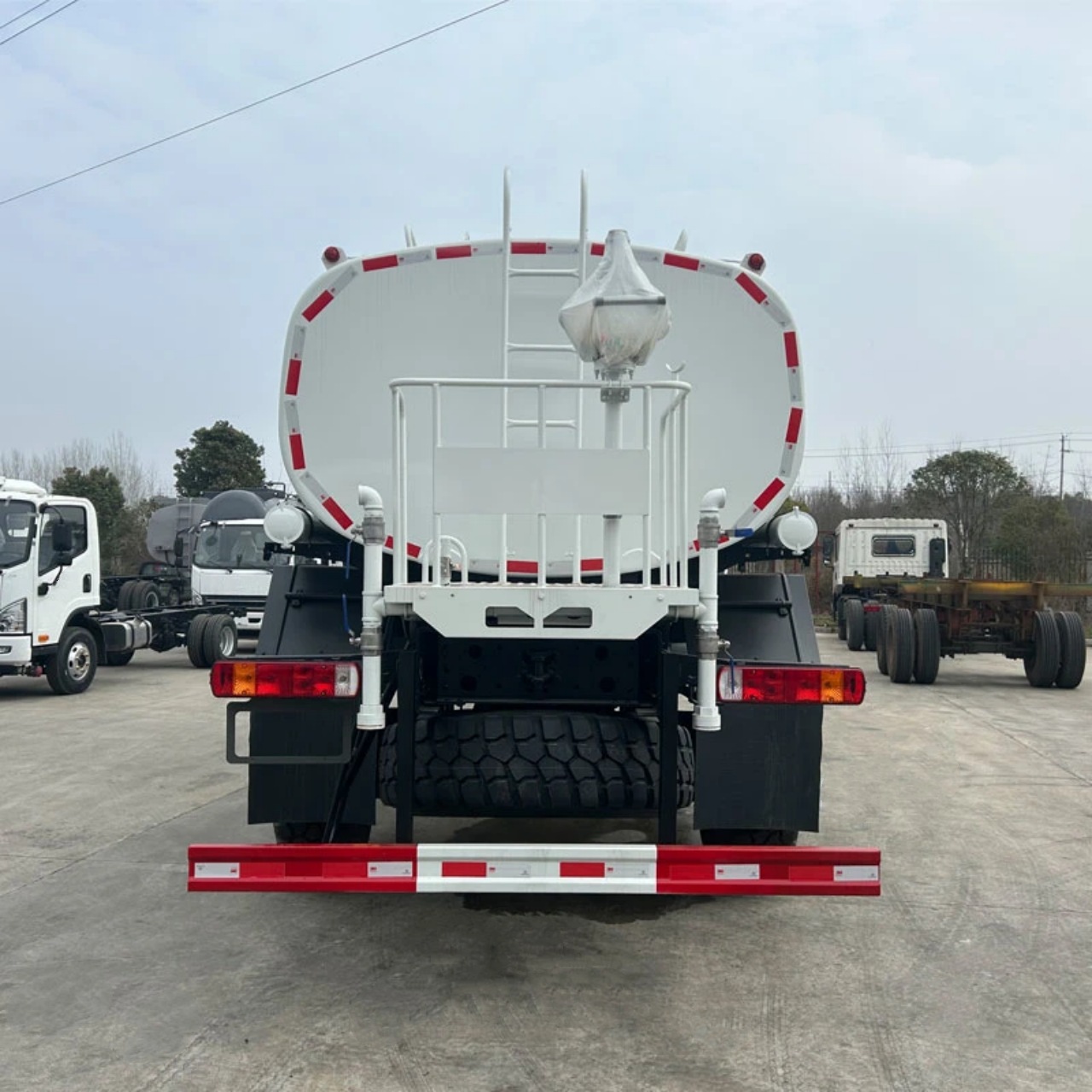In a world where readily available tap water is often taken for granted, the role of a water hauler is crucial, albeit often unseen. A water hauler, in its simplest definition, is a professional or company that transports bulk water from a source to a destination using specialized tanker trucks. These services are indispensable in a vast array of scenarios, ranging from providing drinking water to remote communities to supplying massive quantities for industrial operations and emergency relief efforts. They are the logistical backbone, ensuring that water, the essence of life and industry, reaches where pipelines don’t.
The demand for water hauling services spans across residential, commercial, industrial, agricultural, and emergency sectors. Whether it’s a rural homeowner whose well has run dry, a construction site needing dust suppression, a farmer requiring irrigation for crops, or a municipality facing a water main break, water haulers step in to bridge the gap.
The Two Streams: Potable and Non-Potable Water Hauling
Water haulers transport 2 primary categories of water: Potable and non-potable, each with distinct uses, handling requirements, and regulations.
Potable Water: Delivering Drinkable Lifelines
Potable water is safe for human consumption, meaning it meets stringent quality standards set by health authorities. Hauling potable water is a critical service for:
- Residential Needs: Supplying homes with drinking water in areas lacking municipal infrastructure or where wells are temporarily out of service or contaminated. This includes filling cisterns and home storage tanks.
- Commercial Uses: Providing clean water for businesses such as restaurants, hotels, and laundromats, especially in remote locations or during water supply interruptions.
- Recreational Purposes: Filling swimming pools, hot tubs, and ponds with clean, safe water.
- Emergency Response: Delivering drinking water to communities affected by natural disasters like hurricanes, floods, or earthquakes, or during large-scale contamination events.
- Events: Supplying temporary water stations for festivals, concerts, and other large gatherings.
The transport of potable water is heavily regulated. Water hauling companies must use food-grade stainless steel or other approved non-toxic, non-absorbent material tanks that are regularly cleaned, sanitized, and inspected. Drivers and handlers must follow strict hygiene protocols to prevent contamination. Regular water quality testing and meticulous record-keeping of sources, sanitization processes, and deliveries are often mandatory.

Non-Potable Water: The Workhorse for Industry and Utility
Non-potable water is not intended for drinking, but is suitable for a wide variety of other essential applications:
- Construction Sites: This is a major area for non-potable water use, primarily for dust control on unpaved roads and work areas, soil compaction, concrete mixing, and cleaning equipment.
- Agriculture: Providing water for irrigation of crops and watering livestock, especially in arid regions or during droughts.
- Industrial Processes: Used in manufacturing, cooling systems, power plants, and for washing and processing materials. The oil and gas industry, for instance, relies heavily on water haulers for drilling, hydraulic fracturing (fracking), and dust suppression at remote well sites.
- Fire Suppression: Supplying water to firetrucks in rural areas without fire hydrants or providing a ready source of water for firefighting in industrial facilities or wildland areas.
- Landscaping and Maintenance: Watering public parks, golf courses, and for street cleaning or sewer jetting.
- Environmental Control: Used in some environmental remediation projects or for establishing vegetation.
- Specialized Uses: Even the film industry utilizes non-potable water for creating rain or wet-down effects on movie sets.
While regulations for non-potable water are generally less stringent than for potable water, safety and environmental considerations remain. The water must be sourced appropriately and transported in tanks suitable for the intended use, preventing leaks or spillage that could cause environmental harm or create hazards.
The Tools of the Trade: Equipment and Vehicles
The primary piece of equipment for a water hauler is the tanker truck. These vary significantly in size and configuration:
- Tank Capacity: Tanks can range from a few hundred gallons for smaller, localized deliveries to over 10,000 gallons for large-scale industrial needs. Tractor-trailer units (articulated trucks) can carry even larger volumes. Common capacities for rigid-frame trucks often fall between 2,000 and 6,000 gallons.
- Tank Material: For potable water, stainless steel is the preferred material due to its inertness and ease of cleaning. For non-potable water, tanks can also be made of carbon steel, aluminum, or even specialized plastics or fiberglass, often with internal coatings to prevent corrosion.
- Pumps and Hoses: Powerful pumps are essential for efficiently loading and unloading water. These can be driven by the truck’s power take-off (PTO) system or by an independent engine. Various types and lengths of hoses are carried, along with different nozzles and fittings (e.g., spray heads, dribble bars, water cannons) to suit diverse applications like wide-area spraying for dust control or precise filling of tanks.
- Vehicle Chassis: Trucks are chosen based on the terrain and load. Some are standard road-going vehicles, while others are rugged, off-road capable trucks designed to navigate difficult conditions at construction sites, mine sites, or remote oil and gas locations.
- Specialized Features: Depending on the application, trucks might have features like baffles inside the tank to reduce water surge during transport, heating or insulation for cold weather operations, multiple compartments for carrying different types of water (though this is less common for dedicated potable haulers), and advanced filtration or sanitization systems onboard.

The Regulatory Landscape: Ensuring Safety and Quality
The water hauling industry is subject to a web of regulations designed to protect public health and the environment. These regulations can vary significantly by jurisdiction (country, state/province, and even local municipality).
For potable water haulers, regulations typically cover:
- Source Water Approval: Water must be obtained from approved, safe sources.
- Equipment Standards: Specifications for tank construction, materials, venting, and secure openings to prevent contamination.
- Cleaning and Sanitization: Strict protocols for regular cleaning and disinfection of tanks and equipment, often requiring specific sanitizing agents and contact times.
- Operational Procedures: Rules for filling and emptying tanks to prevent backflow and contamination, proper hose storage, and employee hygiene.
- Water Quality Testing: Regular bacteriological (e.g., coliform and E. coli) and sometimes chemical testing of the water.
- Record Keeping: Maintaining logs of water sources, sanitization activities, delivery details, and water quality test results.
- Licensing and Certification: Companies and sometimes individual operators may need to be licensed or certified by health departments or environmental agencies.
For non-potable water haulers, regulations may be less focused on a microbial level but will still address:
- Source Water Appropriateness: Ensuring the water quality is suitable for its intended use and doesn’t contain harmful pollutants.
- Environmental Protection: Preventing spills, leaks, and runoff that could contaminate soil or waterways.
- Vehicle Safety: Standard commercial vehicle regulations regarding roadworthiness, driver licensing, and load securement apply.
The Importance of a Reliable Water Hauler
Water haulers are more than just truck drivers; They are vital service providers. Their reliability is paramount, especially in emergencies or for industries where water is a critical input for continuous operation. A dependable water hauler ensures timely deliveries, maintains the quality and safety of the water they transport, and adheres to all applicable regulations.
In an increasingly complex world with growing populations, expanding industries, and the mounting impacts of climate change (leading to more frequent droughts or water disruptions), the services of water haulers are likely to become even more critical. They represent a flexible and essential solution for delivering one of our most precious resources, ensuring that water flows wherever and whenever it is needed, safeguarding health, supporting economies, and sustaining communities.


